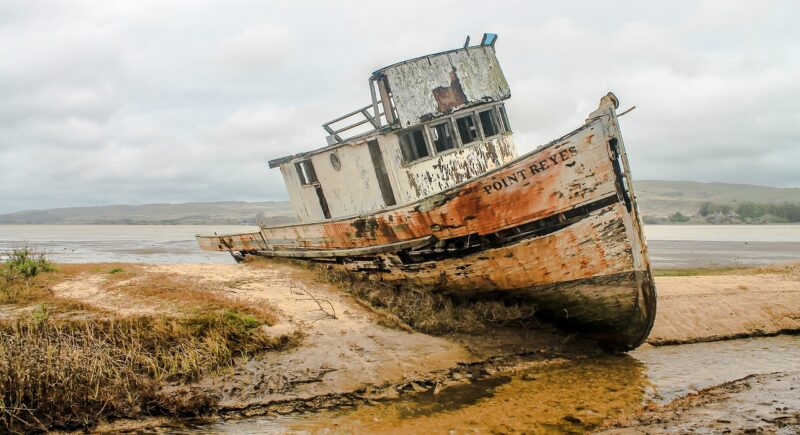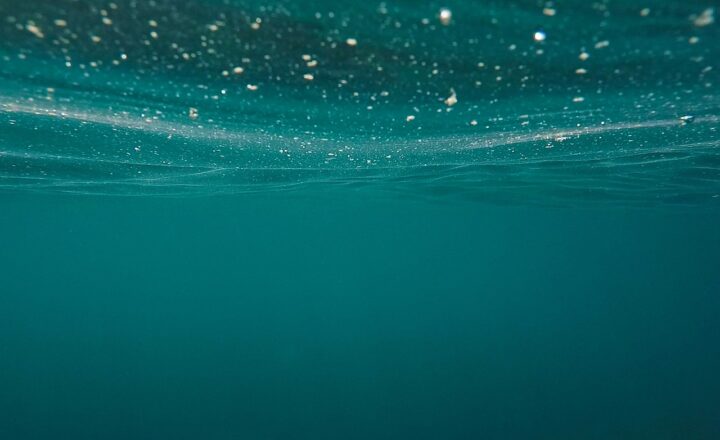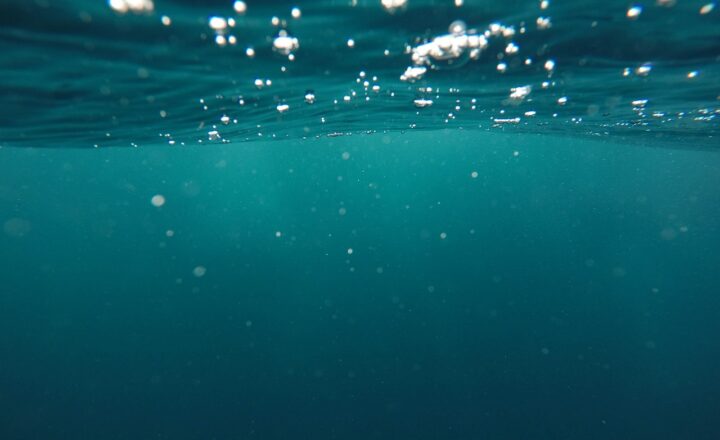The Strangest and Most Surprising Things Ever Found Inside Ancient Shipwrecks at the Bottom of the Ocean
November 17, 2024

The ocean is a vast, enigmatic expanse that has long captivated human imagination. Among its depths lie the remnants of ancient shipwrecks—time capsules that tell stories of exploration, trade, and sometimes, tragedy. These sunken vessels host a myriad of artifacts, providing us with insights into the cultures and civilizations that once thrived. However, it’s not just the expected treasures or weapons that lie submerged; some discoveries are downright strange and astonishing.
In this article, we’ll explore some of the most bizarre and surprising items discovered in ancient shipwrecks, shedding light on the captivating tales of the past.
1. The Antikythera Mechanism: The World’s Oldest Computer
Discovered in 1901 off the coast of the Greek island of Antikythera, this ancient relic has baffled scientists and historians alike. Initially thought to be a simple shipwreck find, further studies revealed that the Antikythera Mechanism is a complex geared device used to predict astronomical positions and eclipses for calendrical and astrological purposes.
Composed of at least 30 gears, it has been described as the world’s first known analog computer, dating back to around 150-100 BCE. The sophistication of this device shines a light on the advanced engineering skills of ancient Greek civilization. Its discovery opened new avenues for understanding how ancient cultures viewed astronomy and time.
2. The Mummy of a Child: A Grave Misfortune
In 2017, underwater archaeologists uncovered a shipwreck near the coast of Egypt that contained not just the remains of the ship but also a mummified child. The ship is believed to belong to the Ptolemaic era, around 300-30 BCE. The presence of a child’s mummy raised many questions about the circumstances surrounding the burial.
Experts speculate this might have been a tragic story of a family, as the child aboard the ship could indicate a journey that ended abruptly. This discovery humanizes the wreck, reminding us of the families that existed and the lives cut short by the unpredictable nature of the sea.
3. Pottery Shaped Like Animals: A Culinary Quirk
On the Mediterranean seabed, archaeologists have found intact pottery shaped like animals, particularly from the Roman era. These peculiar kitchen items can be traced back to ancient eating rituals where food would be served in animal-shaped bowls.
One notable example includes fish-shaped plates thought to be used for serving different seafood dishes. The discovery of these quirky items not only adds to our understanding of ancient culinary habits but also illustrates the playful side of ancient culinary arts.
4. A 19th-Century Fencing Sword: A Moment Frozen in Time
The wreck of the steamboat *H.L. Hunley*, a Confederate submarine used during the American Civil War, made headlines when a fencing sword was discovered among its artifacts. This weapon, dating back to the 1800s, provides insight into the personalities of the crew members.
While some may anticipate weapons of war, finding a fencing sword suggests that soldiers had leisure time, indulging in sports and training outside their commitments. Such relics allow us to reconstruct aspects of daily life aboard military vessels that are often obscured by the focus on conflict.
5. Oddly Shaped Lumps of Metal: The Mystery of the Zinc Spheres
In 2020, a team exploring the wreck of a 17th-century Dutch vessel off the coast of Australia stumbled upon a collection of strange, round metallic balls composed of zinc. The mystery deepens: what purpose did these metal spheres serve?
Current theories suggest they might have been ballast, but the odd shapes and sizes see researchers considering other possibilities, such as unique trade goods or even forms of early scientific experiments. Whatever their purpose, their discovery showcases how shipwrecks can challenge our historical narratives.
6. The Masquerade of the Past: Old Perfume Bottles
A 10th-century shipwreck was unearthed near a French coast, containing not just tools and pottery but elegant perfume bottles. These glass relics, complete with stunning designs, provide fascinating details about the personal care rituals of ancient civilizations.
The remains of perfumes within some bottles have been analyzed, revealing scents derived from flowers, spices, and even resins. While daily life may seem mundane, these artifacts remind us of the human desire to beautify through scent, offering a glimpse into ancient lifestyles.
7. The Golden Toilet: A Modern Paradox
One of the most extraordinary shipwreck finds occurred with the sinking of the yacht *Grecian Queen* off the coast of Italy. A golden toilet built from 18-karat gold, named “America,” was stolen from a palace in England and subsequently ended up in the yacht. The toilet may seem wildly out of place aboard a ship, raising questions about extravagance and wealth.
When the yacht sank, the gold toilet became a piece of modern history, symbolizing the juxtaposition of luxury against the infinite depth of the ocean. The find was an investigative windfall, revealing truths behind misplaced riches.
Conclusion: The Ocean, A Museum of Lost Stories
The depths of the ocean serve as a museum, displaying treasures that hold not only monetary value but, more importantly, narratives that connect us to our ancestors. Each shipwreck carries remnants of stories—some tragic, some peculiar, and some revealing a culture’s views on aesthetics and leisure.
The strange and surprising objects unearthed highlight how much there is still to learn about maritime history and humanity’s relationship with the ocean. These findings remind us of the mystery that lies at the ocean’s depths and our insatiable curiosity to uncover its secrets, connecting past and present.
From the breathtaking discoveries of the Antikythera Mechanism to the luxurious golden toilet, these artifacts ask us to consider not only what they were but what they mean—turning our gaze towards the unknown yet beckoning depths of the sea.







